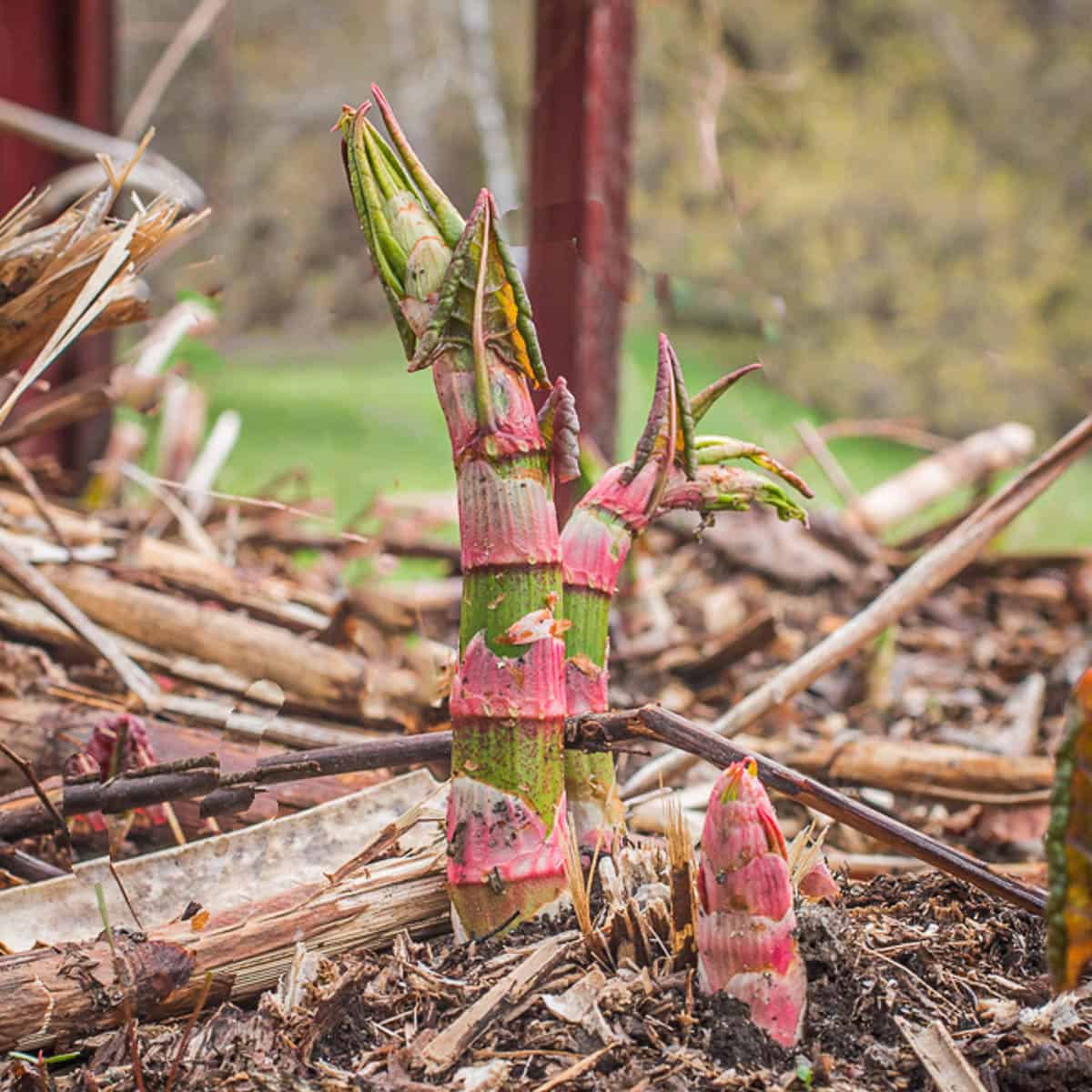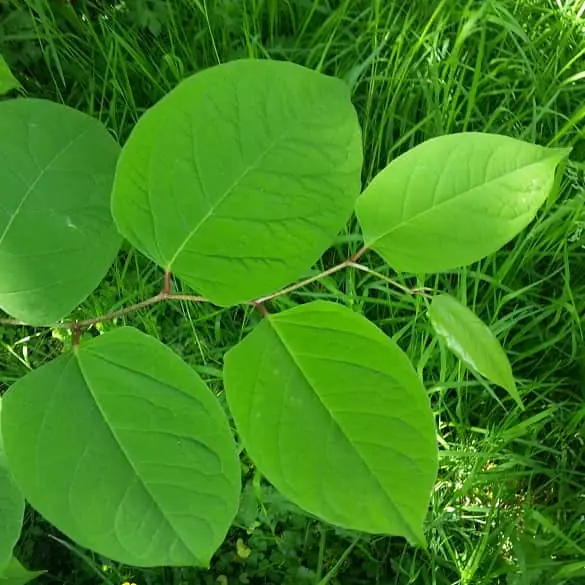How Did Japanese Knotweed Get Here
How Did Japanese Knotweed Get Here?
Japanese knotweed is a fast-growing, invasive plant that is native to East Asia. It was introduced to the United Kingdom in the early 19th century as an ornamental plant, but it quickly escaped cultivation and began to spread rapidly. Japanese knotweed is now considered to be one of the most invasive plants in the UK, and it can cause significant damage to property and infrastructure.
How was Japanese knotweed introduced to the UK?
The most likely way that Japanese knotweed was introduced to the UK was through the horticultural trade. In the early 19th century, there was a growing interest in Japanese plants, and Japanese knotweed was one of the first to be imported. The plant was initially sold as an ornamental plant, and it was often planted in gardens and parks. However, Japanese knotweed is very difficult to control, and it quickly escaped from cultivation.
How does Japanese knotweed spread?
Japanese knotweed spreads in a number of ways. The most common way is through its rhizomes, which are thick, underground stems that can grow up to 30 meters long. Rhizomes can break off from the main plant and root in new areas, creating new infestations. Japanese knotweed can also spread by its seeds, which are dispersed by wind and water.
What are the problems caused by Japanese knotweed?
Japanese knotweed can cause a number of problems. It can damage property by forcing its way through foundations and walls. It can also block drains and culverts, causing flooding. Japanese knotweed can also shade out native plants, reducing biodiversity. In addition, Japanese knotweed is toxic to livestock.
How can Japanese knotweed be controlled?
Japanese knotweed is very difficult to control. There is no single method that is guaranteed to be effective. The most common methods of control include:
- Physical removal: This involves digging up the plant and its rhizomes. This is the most effective method of control, but it can be very labor-intensive and time-consuming.
- Chemical treatment: This involves using herbicides to kill the plant. Herbicides can be effective, but they can also be harmful to the environment.
- Mowing: This can help to slow the spread of Japanese knotweed, but it will not kill the plant.
- Prevention: The best way to control Japanese knotweed is to prevent it from spreading in the first place. This can be done by not planting Japanese knotweed in your garden, and by being careful not to spread the plant's rhizomes or seeds.
Conclusion
Japanese knotweed is a serious invasive plant that can cause significant damage. It is important to be aware of the plant and its potential problems. If you think you have Japanese knotweed on your property, it is important to take action to control it. There are a number of methods that can be used to control Japanese knotweed, but the most effective method will depend on the severity of the infestation.
Japanese knotweed is an invasive species that can cause significant damage to property and infrastructure. If you think you may have Japanese knotweed on your property, it is important to seek professional advice as soon as possible.
The Garden Wiki website is a great resource for information about Japanese knotweed. The website includes a wealth of information on the identification, control, and legislation surrounding Japanese knotweed.
The website also includes a forum where you can ask questions and get advice from other people who are dealing with Japanese knotweed.
If you are concerned about Japanese knotweed, I urge you to visit the Garden Wiki website today. You will find all the information you need to deal with this invasive species.
FAQ of japanese knotweed
Frequently Asked Questions About Japanese Knotweed
Japanese knotweed is an invasive plant that can be very difficult to control. It is important to be aware of the risks associated with this plant and to take steps to prevent it from spreading.
Here are the 5 most frequently asked questions about Japanese knotweed:
- What is Japanese knotweed?
Japanese knotweed is a tall, bamboo-like plant that is native to East Asia. It was introduced to Europe in the 19th century as an ornamental plant, but it quickly escaped cultivation and began to spread rapidly. Japanese knotweed is now considered an invasive species in many parts of the world, including the United States, Canada, and the United Kingdom.
- Why is Japanese knotweed so successful?
Japanese knotweed is successful for a number of reasons. It is a very fast-growing plant that can reach heights of up to 10 feet in a single season. It also has a very deep and extensive root system that makes it difficult to remove. Japanese knotweed is also tolerant of a wide range of environmental conditions, including wet and dry soils, full sun and partial shade, and a variety of pH levels.
- What are the risks of Japanese knotweed?
Japanese knotweed can cause a number of problems. It can damage infrastructure, such as foundations and walls. It can also invade and displace native plant species. Japanese knotweed can also be a health hazard, as it can cause skin rashes and allergic reactions.
- How can I control Japanese knotweed?
There are a number of ways to control Japanese knotweed. The most effective method depends on the size and location of the infestation. Some common methods of control include:
* Mowing: Mowing can help to keep Japanese knotweed in check, but it will not kill the plant.
* Pulling: Pulling Japanese knotweed can be effective for small infestations, but it is important to remove the entire root system.
* Chemical treatment: There are a number of herbicides that can be used to kill Japanese knotweed. However, it is important to use these herbicides carefully, as they can also harm other plants.
* Biocontrol: Biocontrol agents are insects or other organisms that can be used to control Japanese knotweed. This method is still in its early stages of development, but it shows promise.
- How can I prevent Japanese knotweed from spreading?
The best way to prevent Japanese knotweed from spreading is to be aware of the plant and to take steps to avoid it. If you see Japanese knotweed on your property, do not touch it. Instead, contact a professional for removal. You should also be careful not to spread Japanese knotweed yourself. When mowing, be sure to collect and dispose of all cuttings properly. Do not compost Japanese knotweed.
Image of japanese knotweed
5 different images of Japanese knotweed from Pinterest:
- Image 1: A close-up of a Japanese knotweed shoot. The shoot is reddish-purple in color and has a fleshy texture.

- Image 2: A stand of mature Japanese knotweed plants. The plants are tall and bamboo-like, with purple flecks on their stems.

- Image 3: A close-up of the leaves of a Japanese knotweed plant. The leaves are heart-shaped and have serrated edges.

- Image 4: A close-up of the roots of a Japanese knotweed plant. The roots are thick and can grow up to 30 feet underground.

- Image 5: A photo of a Japanese knotweed infestation. The knotweed has spread over a large area and is choking out other plants.

Post a Comment for "How Did Japanese Knotweed Get Here"